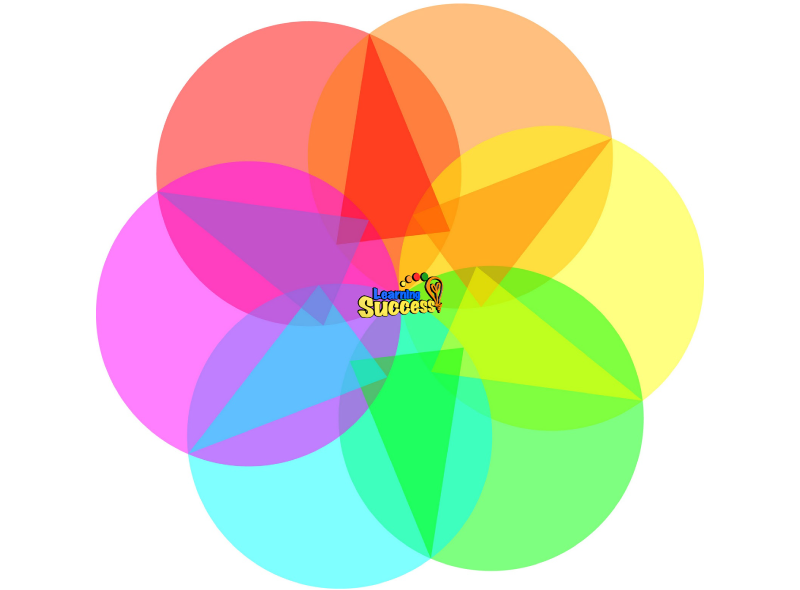
Have you ever heard of a math circle? Developed in Europe a hundred years ago, math circles combine students into small groups and apply mathematics to intriguing true life situations -- even things like magic!
Math is plain boring when taught in a vacuum.
Essentially, when taught in a "theoretical vacuum," math can be dull. That's where the Santa Cruz Math Circle comes in. This enrichment program for fourth through eighth graders uses creative strategies to introduce math concepts. In fact, Dr. Paul Zeitz used sleight of hand with playing cards to teach lessons in basic algebra! The program uses math concepts that are "fun and engaging, but also not likely to be taught in school," which includes some concepts that are often not taught until engineering school.
Math Circles: Old concept, new to USA
The concept of math circles came from Hungary more than a century ago. According to the article, "many of the great scientists from those parts of the world are direct products of the program." The math circle method took a long time to make it to the U.S., though, where we haven't seen a program like it until around 1998. The subject of the article, The Santa Cruz Math Circle, was founded even more recently by software engineer Tim Sylvester.
The power to solve their own problems
Math circles are also the spotlight of Math Circles Ain't for Squares: How to Start a Math Circle Students Will Love, where a math circle specifically for 8th grade students in California is "aiming to improve students comprehension and understanding of the topic." The basic idea is to give students the power to solve their own problems. Math circles take the problem off the paper and apply them to real life, allowing students to work in groups to master the math problems with the foundations they already learned in school.
Key Takeaways:
Making math fun
Math can be plain, dull and boring, and gets hard when students are forced to figure out what the teacher is doing when writing examples. Math circles could be a vibrant, entertaining, and effective solution to the math crisis, making the math experience a fun and enjoyable one.
If you or someone you know is having difficulty with ADD or ADHD, and that affects learning, then you’ll want to try our free assessment. Learn how to get to the root of the problem. Find out which micro-skills need strengthening and increase learning ability. Take our assessment by clicking here.
Do You Need help with a Math Difficulty?
Our simple online analysis will help you get to the core of the problem and find the right solution for you.
Understanding how to help someone with a learning difficulty starts with understanding which micro-skills are affected. When you learn which of the micro-skills is the problem, you will then be on your way to solving it.
You'll also learn how to:
- Build confidence
- Enhance Learning ability
- Eliminate avoidance
- Build grit
You can get this analysis for free by filling out this simple form. This will help you get to the bottom of a learning difficulty and provide you with a solution. If you are ready to put this problem behind you click the button below and fill out the form.










